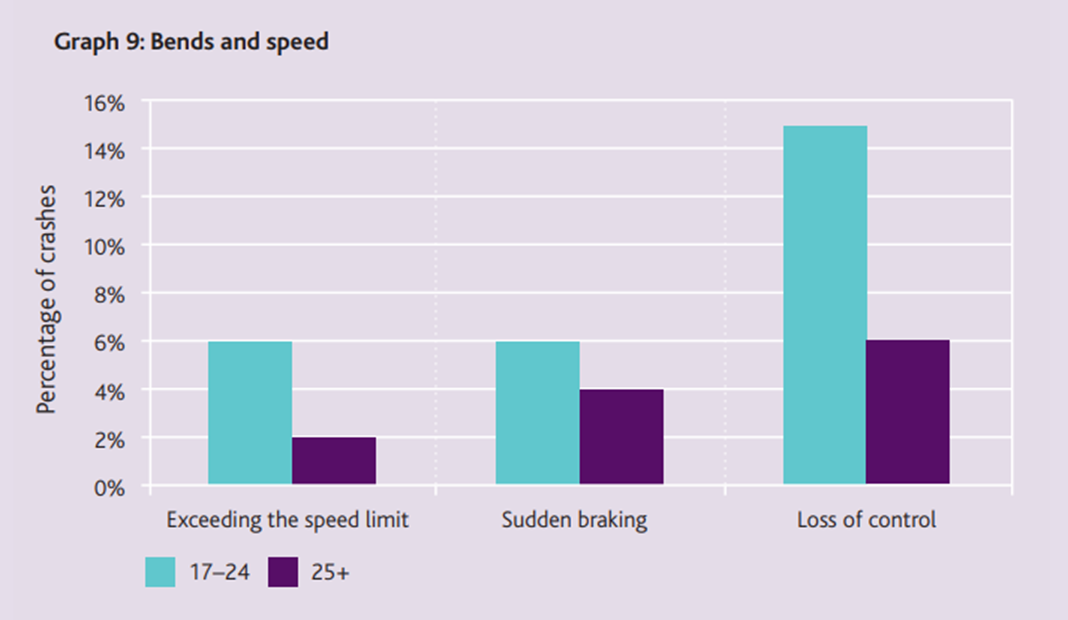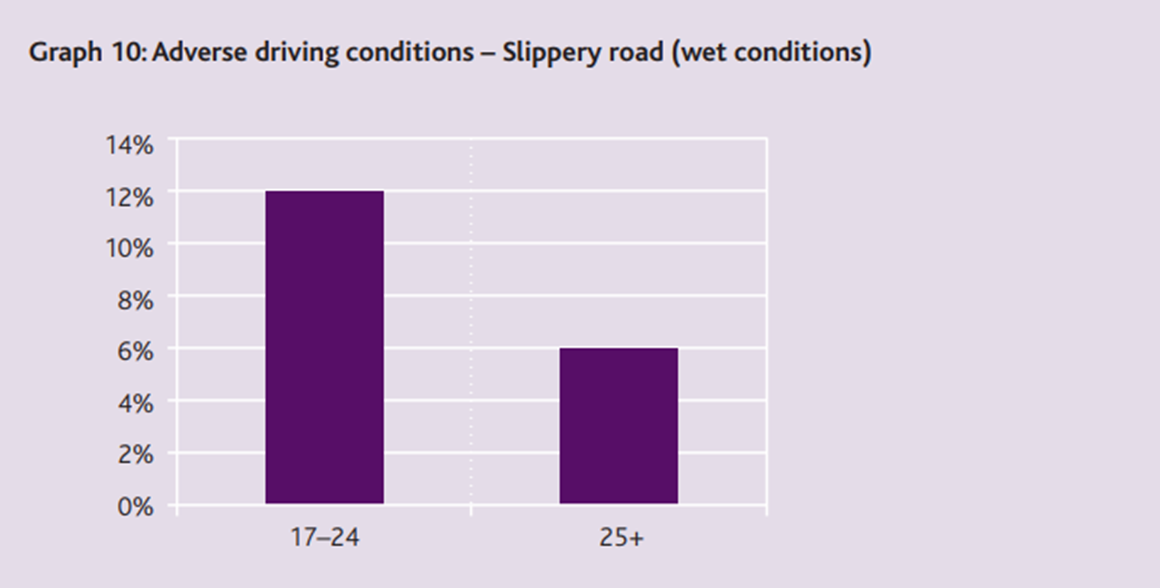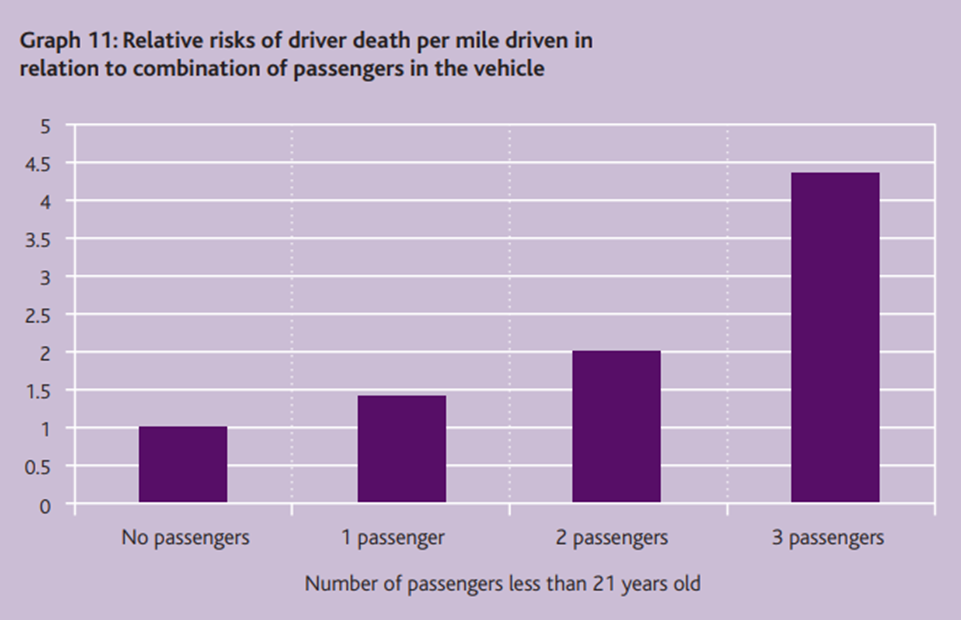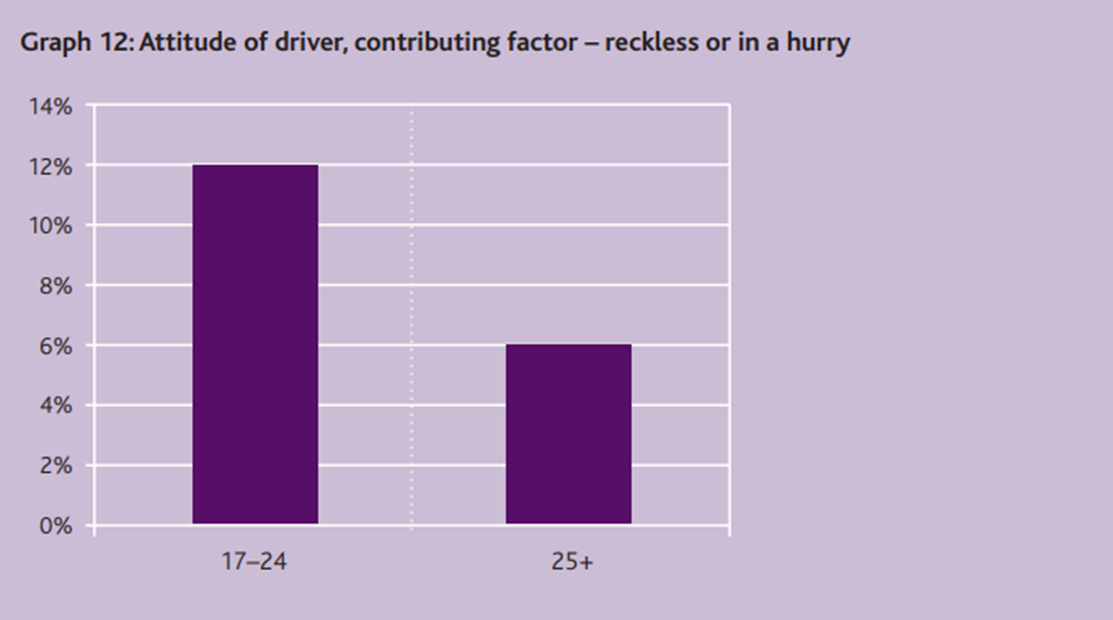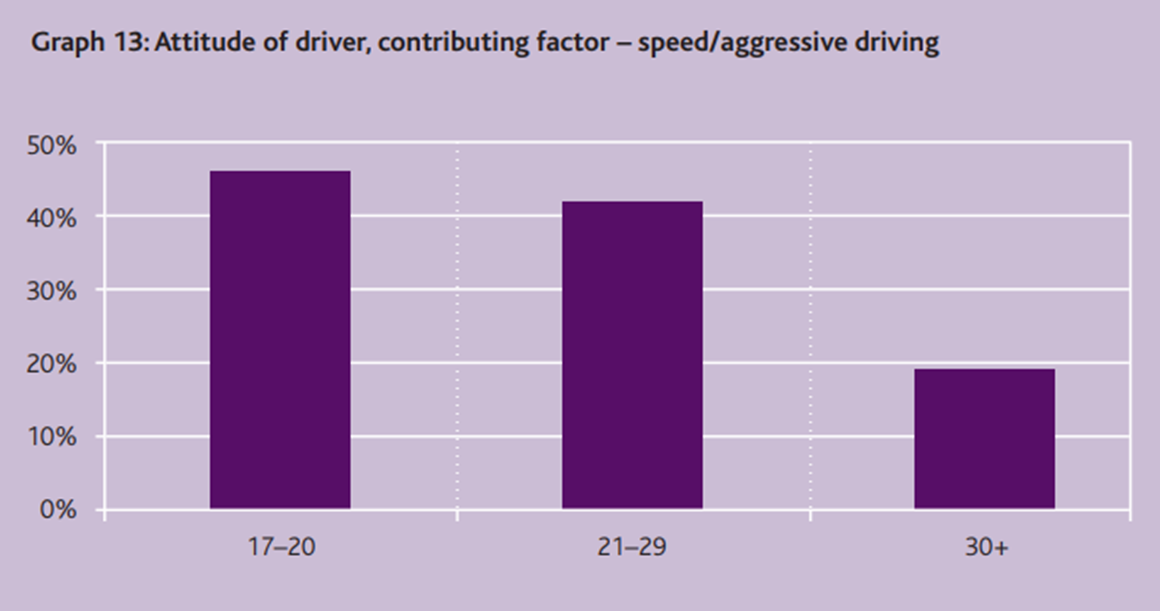Young drivers – a poor safety record
Young drivers remain a major danger on the road, to themselves, their passengers and other road users. Young drivers are grossly overrepresented in the official accident figures and each statistic represents a tragic waste of life that could be prevented.
The ABI has long campaigned for safer roads. We have consistently argued that unless radical reforms are made, the poor safety record of young drivers will continue. If the number of crashes involving young drivers decreases, the financial risk they pose to an insurer will decrease and insurance premiums for young drivers will follow.
Crashes involving young drivers are generally the result of one or more of the following:
Driving at night
Driving in the dark requires different skills from driving during daylight hours. Young drivers travelling late at night are more likely to crash for a variety of reasons:
- driving at night is more difficult;
- many newly licensed drivers will have had less practice of driving at night;
- fatigue – thought to be a problem for teenagers at all times of the day – may be more of a factor at night;
- recreational driving that is considered to be high risk, sometimes involving alcohol use, is more likely to take place at nigh
Bends and speed
Young drivers are more likely to be involved in a crash as a result of excessive speed, sudden braking and loss of control. Sudden braking is also a significant contributing factor with young drivers more likely to have a crash undertaking this manoeuvre than drivers aged over 25.

